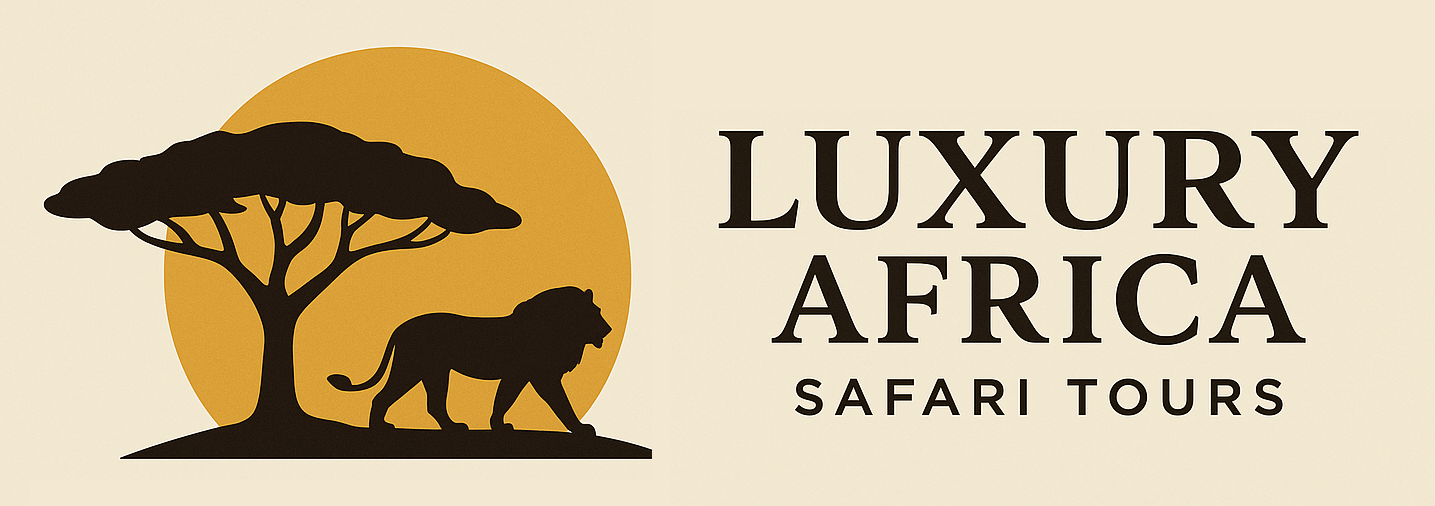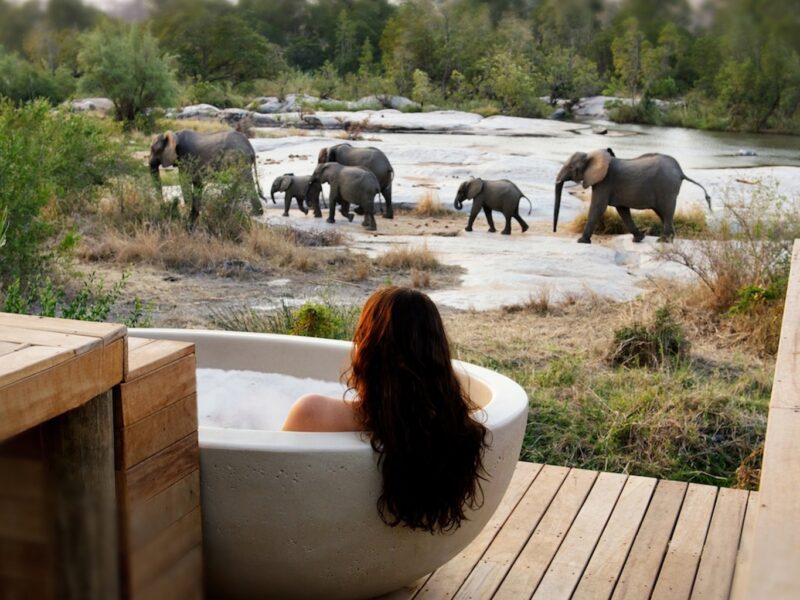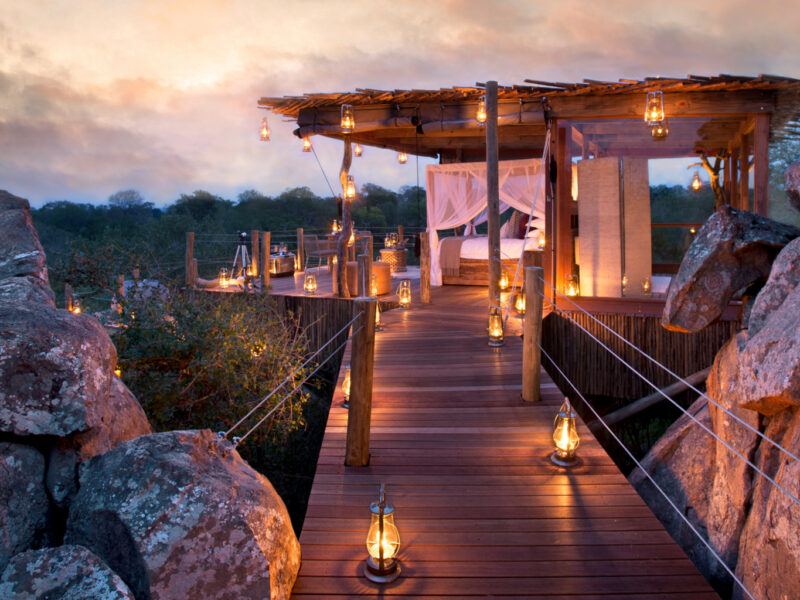A Guide to the Serengeti Great Migration in March
The Great Migration in March may not offer the spectacle of river crossings or the explosion of births seen in February, but it reveals something deeper—the perseverance of life, the strength of maternal bonds, and the still-beating heart of the wilderness. The experience is reflective and grounding, ideal for those who want to slow down and connect with nature’s rhythm.
March in the Serengeti carries the steady pulse of life. The short rains have softened the land, the grass is lush and green, and the southern plains still echo with the sounds of the Great Migration. It is a time when the migration slows slightly, allowing travelers to witness the lingering calving season and the mounting tension of predator-prey interactions. While less dramatic than the river crossings later in the year, March offers one of the most intimate and rewarding moments to experience Africa’s most iconic wildlife movement. For travelers with a deep appreciation of nature’s quieter rhythms, March brings the kind of memories that stay with you forever.
Calving Season Winds Down
In March, the tail end of the calving season continues, especially in the areas around Ndutu and the southern Serengeti. While the majority of wildebeest calves are born in February, many are still young and vulnerable, learning to stand firm on wobbly legs and keep up with the ever-moving herds. The plains remain dotted with thousands of mothers and calves, and the air is thick with the energy of new life. Watching these interactions—whether a calf suckling in the early morning light or taking its first playful run—offers moments of quiet joy and wonder.
Predator Activity Intensifies
As the last of the calves are born, predators take full advantage of the opportunities they present. Lions, cheetahs, hyenas, and jackals are highly active during this time, and the vast open plains of Ndutu make for excellent visibility during hunts. The grasses, though green and dense, are still short enough to allow clear sightings, especially as carnivores patrol the area in search of weakened or isolated young animals. March becomes a month of tension and drama, where every game drive has the potential to reveal extraordinary scenes of survival and instinct.
Landscapes of Color and Contrast
March is one of the Serengeti’s most visually beautiful months. The landscape is green and blooming after the rains, with scattered wildflowers adding splashes of color across the plains. The skies are often dramatic—soft pastels at sunrise, deep blue through midday, and stormy grays in the late afternoon. Occasional showers may pass, but they are usually brief and refreshing rather than disruptive. This combination of vivid landscape and dynamic light makes March especially appealing for photography enthusiasts, with every frame capturing a sense of life in motion.
Where to Go in March
The southern Serengeti, particularly the Ndutu region, remains the prime location in March. This area offers a mix of woodland and open plains, providing both cover for predators and space for herds to graze and roam. Unlike the central or northern Serengeti, the southern plains are less crowded this time of year, offering a more private and peaceful experience. Game drives here are enhanced by off-road driving permissions, which allow guides to get closer to key sightings without disturbing the natural flow of wildlife.
What to Expect from a Safari in March
A safari in March tends to be quieter and more introspective. Without the peak-season crowds, camps are less busy, guides have more time to tailor experiences, and the pace feels unhurried. Days begin with early morning game drives when wildlife is most active, followed by midday relaxation at your camp, and then evening excursions that reveal the drama of predators on the move. The weather is warm but pleasant, and while there’s a chance of rain, it rarely affects activities. The light rains bring out vibrant birdlife, making March a fantastic time for birdwatchers as well.
Ideal Accommodations
Mobile camps around Ndutu offer the best access to the migrating herds. These camps are designed to blend into the natural environment while still providing comfort and style. They move with the rhythm of the migration and offer an immersive, close-to-nature experience. Permanent lodges in the region also offer panoramic views and cozy settings, perfect for watching wildlife roam just beyond your deck. No matter your preference, March offers a balance of solitude, scenic beauty, and unforgettable wildlife encounters.




